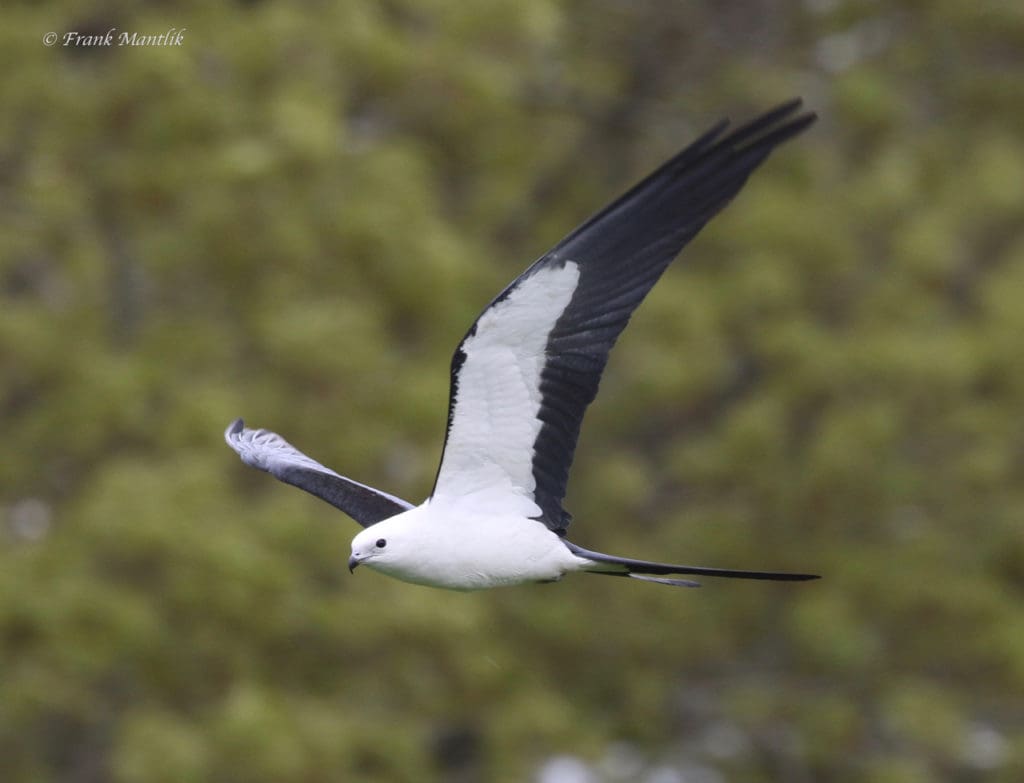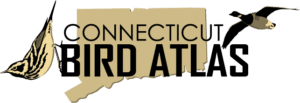
Here are several tools that will help you in all of your birding quests in Connecticut:
- One of the best places to report bird sightings and to connect with area birders in Connecticut is on the CTBirds, the free, public, moderated email listserv provided by the Connecticut Ornithological Association.
- Be sure to also see the CT Birds Email Archives for emails dating to 2007.
- The Connecticut Birding Events Calendar lists everything we know that is happening in Connecticut relating to birding including walks, talks, workshops, and much more.
- This Checklist of the Birds of Connecticut lists every bird species ever seen in our state.
- However, if you think you have seen something very rare, look at the Avian Records Committee of Connecticut Review List to see if you should submit a report of your sighting.
- Here is a map featuring some of the best birding sites in Connecticut with some additional details listed for select locations.
- Please enter any of your bird sightings to eBird, a terrific tool for citizen scientists that allows your data to help conservation projects here in Connecticut and all over the world while providing you with lists and output with observations from birders like you.

- Lights Out Connecticut is a growing community of residents, property owners, businesses, nonprofits, and officials in Connecticut working together to protect migratory birds by reducing artificial light during peak periods of bird migration. We educate and organize people to turn off or dim their nonessential lights during the weeks of April 1–May 31 and September 1–November 15. LOCT was launched as a non-profit project of the Connecticut Ornithological Association. It is now supported by Menunkatunk Audubon.

- The Connecticut Bird Atlas will map all species found in the state during both nesting and non-nesting seasons. From 2018-2020, birdwatchers helped to document the distribution, abundance, and breeding activities of birds at sites throughout the entire state. The resulting data will be used to document changes since the last comprehensive survey of the state’s birds, which happened in the early 1980s; to inform the State Wildlife Action Plan; and to determine priority areas for bird conservation and land protection. COA supported this effort and will provide an updated link when the results become available.

